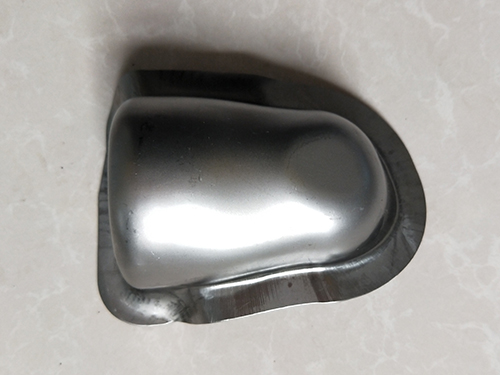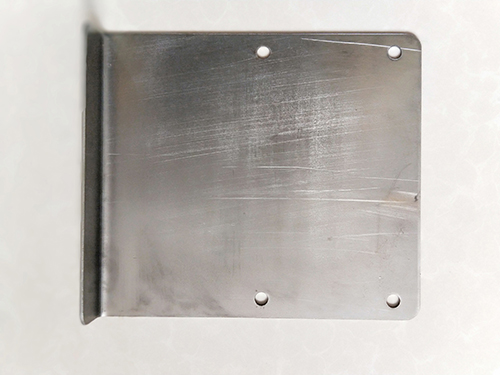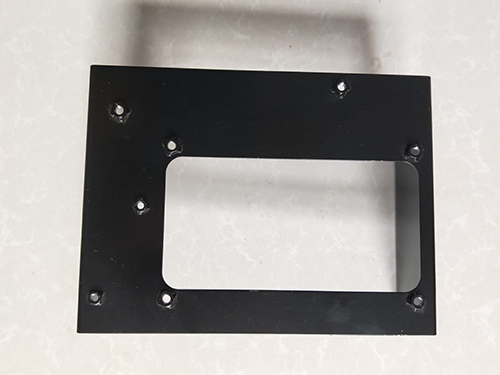How to inspect stamped parts
1、 Touch inspection of stamped parts
Wipe the surface of the outer cover clean with clean gauze. The inspector needs to wear touch gloves and touch the surface of the stamped part along the longitudinal direction, which depends on the inspector's experience. Oil stones can be used to polish the suspicious area being detected and verify it, but this method is still a viable inspection method.
2、 Stamping parts oil stone polishing
1. First, use clean gauze to wipe the surface of the outer cover clean, then polish it with an oilstone (20 × 20 × 100mm or larger), and use relatively small oilstones (such as 8 × 100mm semi-circular oilstones) to polish areas with arcs and difficult to reach areas
2. The selection of oil stone particle size depends on the surface condition (such as roughness, galvanizing, etc.). Suggest using fine-grained oilstone. The direction of oilstone polishing is basically along the longitudinal direction, and it fits well with the surface of the stamped part. In some places, horizontal polishing can also be added.
3、 Polishing of flexible mesh for stamping parts
Wipe the surface of the outer cover clean with clean gauze. Use a flexible sand mesh to tightly adhere to the surface of the stamped part and polish it longitudinally until the entire surface is covered. Any dents or indentations will be easily detected.







